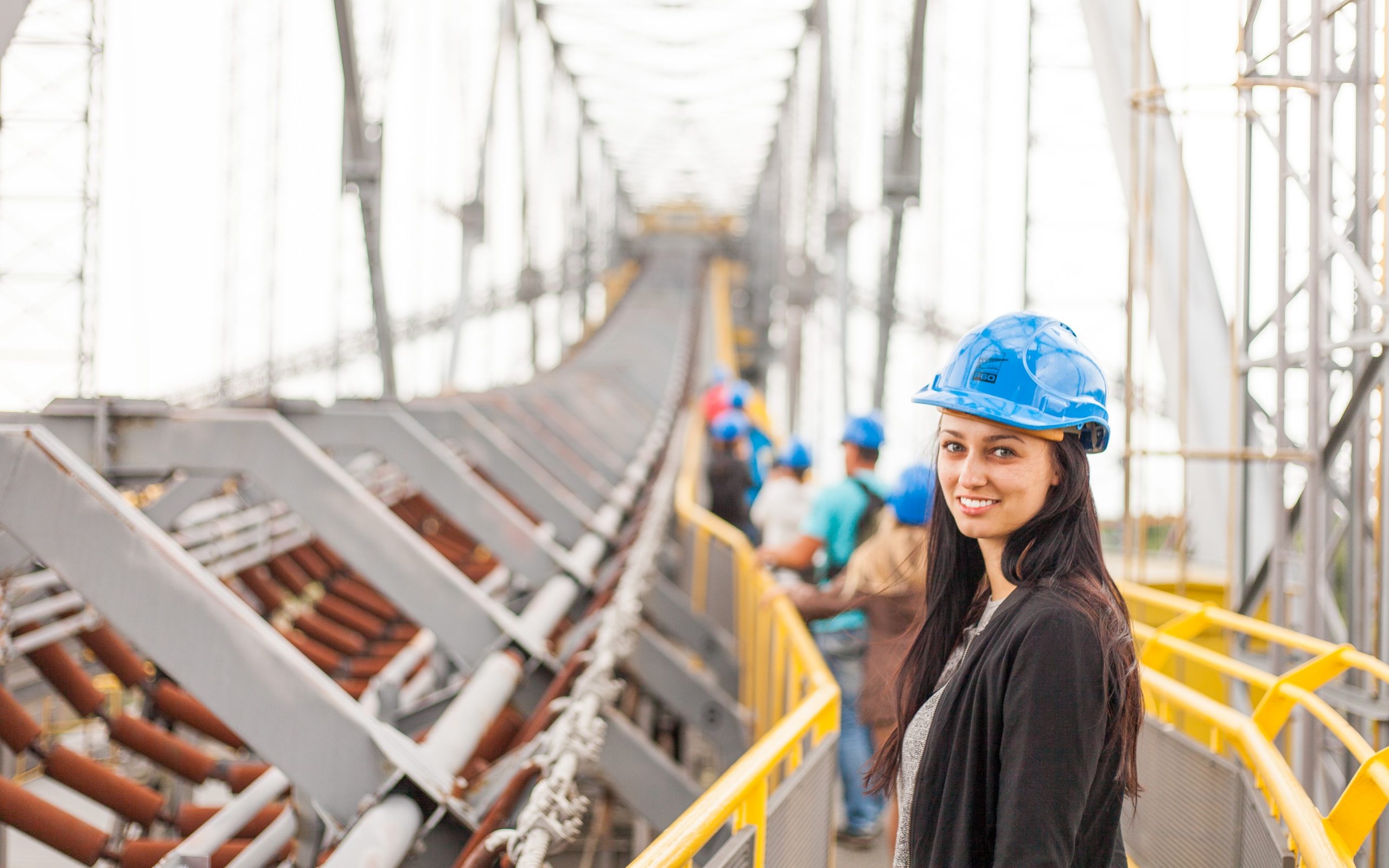1st-7th March 2020 is Women in Construction Week. The event aims to change the stereotypes that women face and present construction as a sector with opportunities for females to build a career. The week was founded by the National Association of Women in Construction and encourages women to think about different construction career paths to explore. Construction is typically a male dominated industry, and a survey from Keepmoat revealed that just 13% of females aged between 16-35 would consider a career in the sector.
In this blog we’ll be looking at what it means to be a woman in construction in 2020 and how more women can be encouraged into the industry…
What are the statistics?
In the UK, it has been reported that 14% of the UK’s construction workforce is female. Older data from 2016 from the Office for National Statistics suggests that the construction industry offers 2.3 million jobs and disappointingly only 296,000 of these were filled by women. CITB data shows if you break down the data further, only 2% of female construction workers are doing skilled manual jobs. When you consider the construction industry also has a well-publicised skills and worker shortage, these statistics make for difficult reading.
Female leaders in construction – Women in construction Week
Women in construction week also highlights the breadth of opportunities available in construction. It isn’t all site work as some people may perceive; there are leadership and management opportunities too. As is the case across the construction industry, there are few females in board positions in the UK, something that needs to change. At events Construction Helpline CEO Umer has attended, disappointingly there have been very few female speakers. With sustainability high on the agenda, there are plenty of interesting roles for women wanting to contribute to the future of the industry.
What can be done to encourage more women into construction?
Promoting a positive image of females working in construction is a good place to start. Innovate UK’s guest blog outlined recommendations for making construction more female friendly by tackling some of the challenges women often find in the workplace. These included higher paid part time roles, flexible working and job shares for men and women. Other suggestions included female only toilets on site, cleaner working environments and construction open days for women and girls to offer a taster of life on site.
Early education can also help to challenge gender stereotypes in the industry and more initiatives to help women gain the skills to work in the industry could also help. Events such as Women in Construction also offer opportunities for female construction workers to discuss the industry and meet others in their field; sharing ideas that could help to reshape the industry’s future. CITB data shows that among young people aged between 14-19 just 4.2 out of 10 found a career in construction appealing. This shows that encouraging interest in a variety of industries from a young age is crucial.
The gender pay gap in construction has ‘narrowed significantly’ over recent years but as with many industries there is still work to be done. A number of big construction names have outlined their commitment to attracting more women in to construction, but recent diversity in the workplace reports suggest there is still a long way to go for UK businesses to be truly diverse. Holding businesses accountable for failing to take positive steps towards encouraging diversity is also important.
To find out more about Women in Construction Week you can visit https://www.nawic.org/nawic/wicweek.asp


